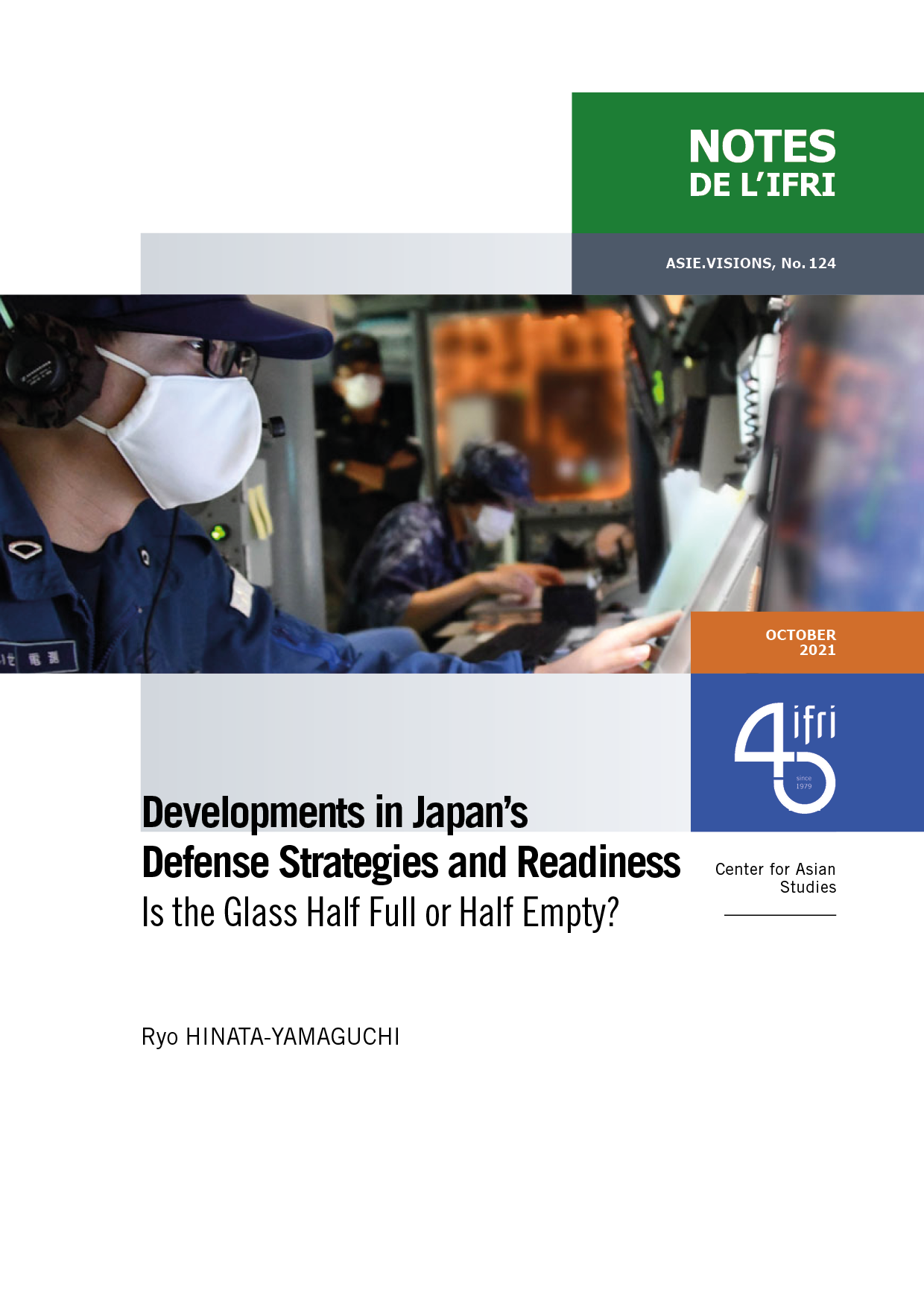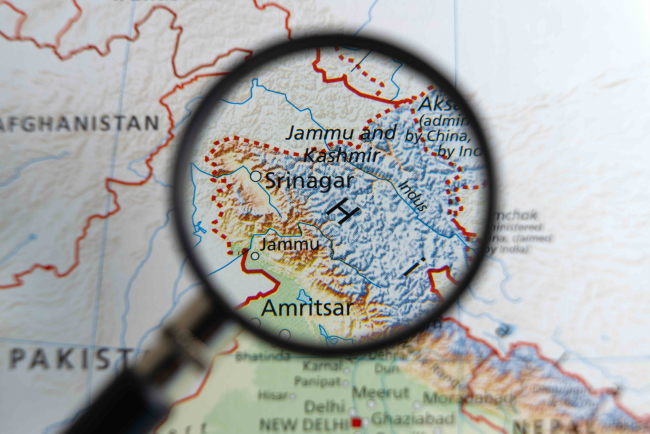Developments in Japan’s Defense Strategies and Readiness: Is the Glass Half Full or Half Empty?

On December 18, 2018, the Japanese government issued its latest National Defense Program Guidelines (NDPG), marking another step in Japan’s defense planning and the readiness of the Japan Self-Defense Force (JSDF).
Broadly, there are four key takeaways from the 2018 NDPG: (1) Nascent but notable push for readiness based on Japan’s expanded strategic frontiers under the auspices of the “Free and Open Indo-Pacific”, (2) the emerging concept of “offense is the best means of defense” to defend and deter against threats, (3) pursuit of readiness for multi-domain operations in the ground, maritime, air, cyber, outer space, and electromagnetic spectrums, and promoting jointness that coordinates operations in those domains, and (4) greater coordination and interoperability with the United States and to some extent with other likeminded states at the strategic, operational and tactical levels. The revised NDPG is certainly a new step in Japan’s accelerated efforts to sharpen and strengthen the JSDF’s readiness.
Yet, despite the notable developments over the past two decades, there are still some issues that constrain Japan from formulating the strategies and readiness to effectively deal with the fluid and uncertain security environment in the Indo-Pacific region, particularly with China’s increasingly assertive strategies and actions in the East and South China Seas and Taiwan Straits, North Korea’s continued bellicose behavior and military modernization, and also uncertainties over Russia’s strategies. Moreover, given the growing demands despite the political and economic constraints, there are still questions about how Japan’s defense planning and readiness will continue to advance in the years to come.
Download the full analysis
This page contains only a summary of our work. If you would like to have access to all the information from our research on the subject, you can download the full version in PDF format.
Developments in Japan’s Defense Strategies and Readiness: Is the Glass Half Full or Half Empty?
Related centers and programs
Discover our other research centers and programsFind out more
Discover all our analyses
RAMSES 2024. A World to Be Remade
For its 42nd edition, RAMSES 2024 identifies three major challenges for 2024.
France and the Philippines should anchor their maritime partnership
With shared interests in promoting international law and sustainable development, France and the Philippines should strengthen their maritime cooperation in the Indo-Pacific. Through bilateral agreements, expanded joint exercises and the exchange of best practices, both nations can enhance maritime domain awareness, counter security threats and develop blue economy initiatives. This deeper collaboration would reinforce stability and environmental stewardship across the region.

The China-led AIIB, a geopolitical tool?
The establishment of the Asian Infrastructure Investment Bank (AIIB) in 2016, on a Chinese initiative, constituted an attempt to bridge the gap in infrastructure financing in Asia. However, it was also perceived in the West as a potential vehicle for China’s geostrategic agendas, fueling the suspicion that the institution might compete rather than align with existing multilateral development banks (MDBs) and impose its own standards.
Jammu and Kashmir in the Aftermath of August 2019
The abrogation of Article 370, which granted special status to the state of Jammu and Kashmir (J&K), has been on the agenda of the Bharatiya Janata Party (BJP) for many decades.






